Exploring Badung Market Bali
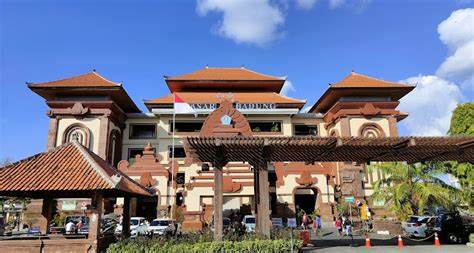
Bali’s Bustling Hub of Tradition and Commerce
Exploring Badung Market Bali. Badung Market is one of the most vibrant and lively traditional markets in Bali, located in the heart of Denpasar, the island’s capital city. For both locals and tourists, Badung Market is more than just a place to buy goods—it’s a cultural experience, offering a glimpse into the daily life of the Balinese people. This market is known for its diverse range of products, from fresh produce and traditional Balinese snacks to clothes, handicrafts, and ceremonial items. A visit to Badung Market provides a unique opportunity to explore the local economy, engage with friendly vendors, and immerse yourself in the colorful and bustling atmosphere of Bali’s largest traditional market.
In this article, we will explore what’s inside Badung Market, its rich history, the neighboring Kumbasari Market, opening times, its central location in Denpasar, things to do when visiting the market, and the facilities available to visitors.
Inside Badung Market
Badung Market is a large, multi-story traditional market that offers a wide variety of products, catering to both locals and tourists. The market is divided into different sections, each offering a unique shopping experience.
Ground Floor – Fresh Produce and Daily Essentials
The ground floor of Badung Market is where the locals buy their daily essentials. Here, you’ll find a vibrant array of fresh fruits, vegetables, herbs, spices, meat, and seafood. The produce is locally sourced, and the market is particularly famous for its selection of tropical fruits such as mangosteen, rambutan, durian, and salak (snake fruit). The smell of fresh produce fills the air as vendors shout out to customers, creating a lively and dynamic atmosphere.
This section also includes stalls selling traditional Balinese spices like turmeric, lemongrass, galangal, and ginger, which are essential ingredients in Balinese cuisine. Visitors can also find rice, eggs, and other basic staples used in everyday cooking.
Upper Floors – Textiles, Handicrafts, and Ceremonial Items
Moving up to the upper floors, the market transforms into a treasure trove of textiles, clothing, handicrafts, and souvenirs. This is where you’ll find traditional Balinese sarongs, ikat fabrics, and batik cloth, all available at affordable prices. These fabrics are often used in traditional Balinese ceremonies and festivals, and the intricate designs reflect the rich cultural heritage of Bali.
The upper floors also house stalls selling offerings and ceremonial items used in Balinese Hindu rituals, such as canang sari (small daily offerings), flowers, and incense. For those interested in bringing home a piece of Balinese culture, this section offers a wide range of handicrafts, wooden carvings, woven baskets, and other souvenirs.
Food Stalls and Local Snacks
Throughout the market, there are several food stalls where you can grab a bite to eat. Traditional Balinese snacks such as klepon (glutinous rice balls with palm sugar), bubur injin (black rice pudding), and pisang goreng (fried bananas) are readily available. If you’re feeling adventurous, you can try some Balinese street food, including lawar (a traditional Balinese meat dish mixed with coconut and spices) or sate lilit (Balinese minced meat skewers).
History of Badung Market
Badung Market holds a special place in the history of Denpasar and Bali. Established in 1906, the market has been the central trading hub for the people of Denpasar for over a century. Initially, it was a small, informal marketplace where local farmers and traders came to sell their goods. Over the years, as Denpasar grew and developed into the capital of Bali, Badung Market expanded, becoming the largest and most important traditional market on the island.
The market is located near the Badung River, which historically played a crucial role in trade and commerce in the region. The river served as a transportation route for goods, connecting the inland areas with the coastal towns and ports.
Throughout the years, Badung Market has gone through several transformations, including renovations and expansions to accommodate the growing population and demand for goods. In 2016, the market suffered a major fire that destroyed a large part of the building. However, it was quickly rebuilt, and today it stands as a modernized, multi-story market that retains its traditional charm while catering to the needs of both locals and tourists.
Kumbasari Market
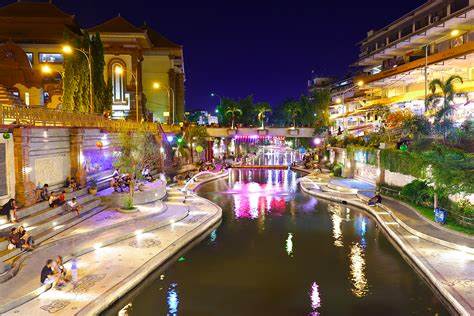
Directly across the Badung River, connected by a small bridge, is Kumbasari Market. While Badung Market primarily focuses on fresh produce, daily goods, and traditional Balinese items, Kumbasari Market is known for its art and handicrafts. It’s the perfect complement to Badung Market, and visitors often explore both markets in a single trip.
Kumbasari Market offers a wide selection of paintings, sculptures, carvings, and jewelry, making it a great place to shop for authentic Balinese art and souvenirs. Whether you’re looking for handcrafted silver jewelry, intricate wood carvings, or paintings of Bali’s iconic landscapes, Kumbasari Market is the place to find high-quality and unique items.
Many of the vendors at Kumbasari are skilled artisans who create their products by hand, ensuring that each piece is one-of-a-kind. While Kumbasari is more focused on art and handicrafts, it also has sections selling clothing, textiles, and ceremonial items, similar to Badung Market.
Badung Market Opening Time
Badung Market is a bustling, 24-hour market, with different sections of the market coming to life at various times throughout the day. The market starts its day as early as 4:00 AM, when local farmers and vendors arrive to set up their stalls with fresh produce. The early morning hours are the best time to visit if you’re interested in seeing the market’s fresh food section and experiencing the daily routine of local Balinese shoppers.
As the day progresses, the market shifts its focus to clothing, textiles, handicrafts, and other goods. The upper floors and the surrounding areas remain busy throughout the day, with tourists and locals alike browsing through the vast selection of products. By late afternoon and into the evening, food stalls and street vendors come alive, offering traditional Balinese snacks and meals.
Since the market operates around the clock, you can visit at any time, but for the full experience, it’s best to explore the market in the early morning or late afternoon when the market is at its liveliest.
Badung Market Location
Badung Market is located in the heart of Denpasar, Bali’s bustling capital city. The exact address is Jalan Gajah Mada No. 18, Denpasar, and it’s easily accessible from most parts of the city. The market is situated near the Badung River, with Kumbasari Market located just across the river, making it convenient for visitors to explore both markets during their trip.
Denpasar itself is a lively city known for its mix of traditional and modern culture, and Badung Market serves as a cultural hub for both locals and tourists. The market’s central location makes it an ideal stop for those exploring Denpasar’s historical and cultural landmarks, such as Pura Jagatnatha, Bajra Sandhi Monument, and the Denpasar Art Center.
Things To Do at Badung Market
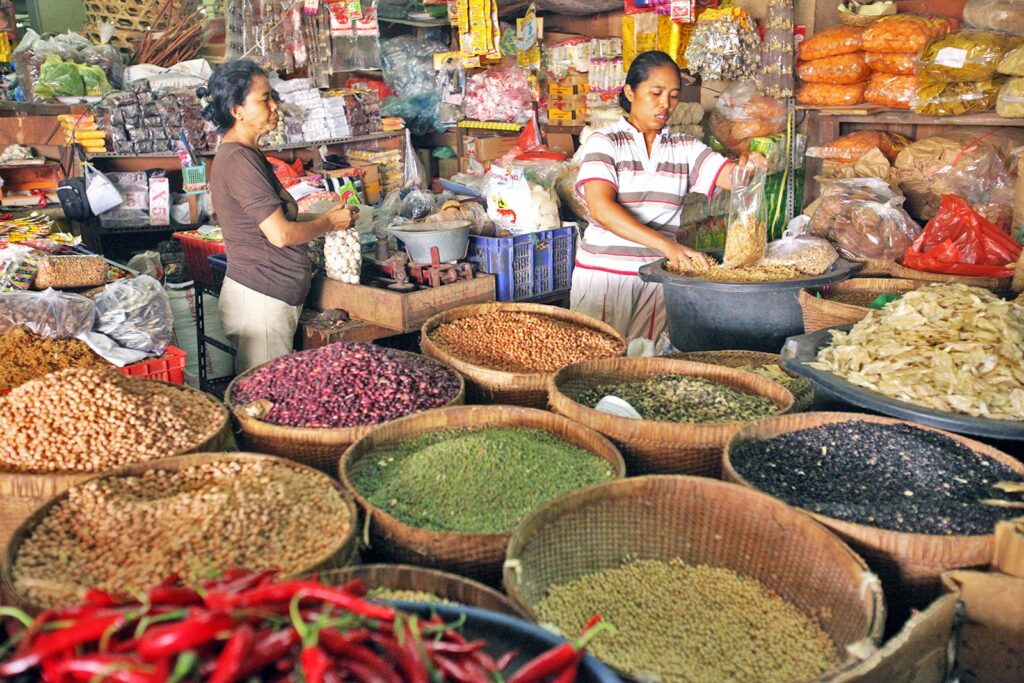
1. Shop for Traditional Balinese Goods
Badung Market is the perfect place to shop for authentic Balinese items, including ceremonial offerings, traditional clothing, handicrafts, and spices. Whether you’re looking for souvenirs to take home or items to participate in a local ceremony, you’ll find a wide variety of unique products.
2. Explore Balinese Culinary Culture
One of the highlights of visiting Badung Market is exploring its diverse food offerings. Try traditional Balinese snacks like klepon or pisang goreng, or grab a meal from one of the many food stalls offering local dishes. It’s a great opportunity to sample authentic Balinese flavors in a local setting.
3. Experience Local Life
A visit to Badung Market provides a window into everyday life in Bali. The market is where locals come to shop for their daily needs, and it’s a great place to observe the interactions between vendors and customers, the bargaining culture, and the strong sense of community that exists in Bali.
4. Bargain for the Best Price
As with many traditional markets in Bali, bargaining is an accepted and expected practice at Badung Market. Whether you’re buying fresh produce, clothing, or souvenirs, don’t hesitate to engage in a friendly negotiation to get the best price. Most vendors are open to bargaining, and it’s a great way to interact with locals and experience the market culture.
Badung Market Facilities
Badung Market offers a range of facilities to accommodate visitors:
- Parking: There is parking available near the market for both cars and motorbikes, making it convenient for those traveling by private vehicle.
- ATMs: Several ATMs are located near the market, providing easy access to cash, which is essential for shopping in a traditional market where credit cards are not widely accepted.
- Restrooms: Public restrooms are available at the market, making it convenient for visitors to spend a few hours exploring without needing to leave the area.
- Food Stalls: Numerous food stalls and small restaurants are scattered throughout the market, offering a variety of snacks and meals for visitors

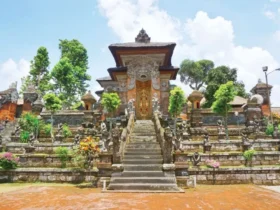
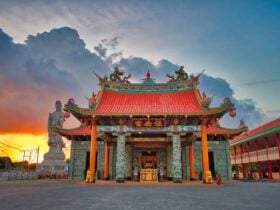
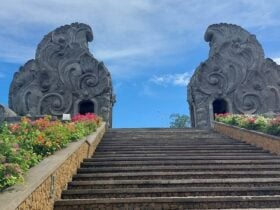
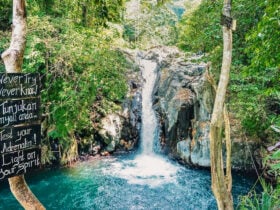
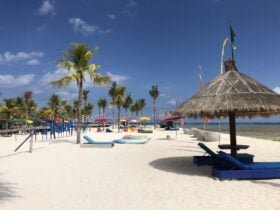
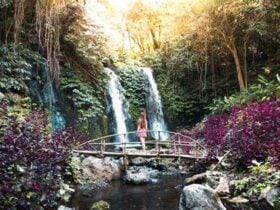
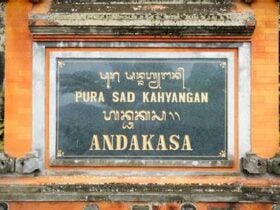
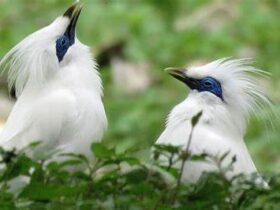
Leave a Review